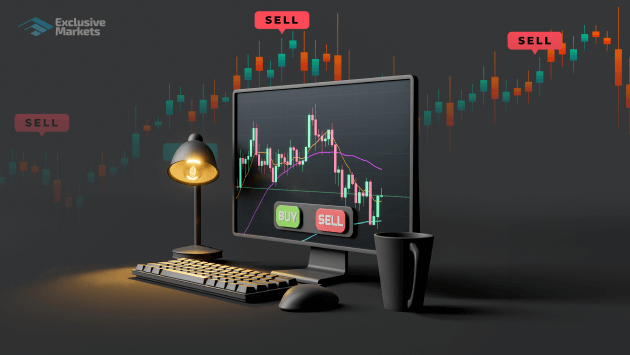
Beginner’s Guide to Forex Trading
Forex trading, also known as foreign exchange trading, has gained immense popularity in recent years. With the proliferation of trading platforms and increased access to information, many new traders are eager to enter the market. This guide will walk beginners through the fundamental aspects of forex trading, enabling you to start your trading journey confidently. For comprehensive insights on trading brokers, you can check out beginner forex trading Trading Brokers in Vietnam.
What is Forex Trading?
Forex trading involves the exchange of currencies on a global decentralized market. Instead of a physical exchange, trading occurs electronically via computer networks. Traders buy one currency while simultaneously selling another, with the goal of making a profit from the changes in their exchange rates.
Understanding Currency Pairs
In the forex market, currencies are traded in pairs. Each pair consists of a base currency and a quote currency. For example, in the pair EUR/USD, the euro (EUR) is the base currency, and the US dollar (USD) is the quote currency. If the EUR/USD pair is priced at 1.20, it means that 1 euro can be exchanged for 1.20 US dollars.
Currency pairs are categorized into three types: major pairs (such as EUR/USD and USD/JPY), minor pairs (like GBP/NZD), and exotic pairs (for example, USD/SEK). Understanding these categories helps beginners choose currency pairs for trading.
How Does Forex Trading Work?
Forex trading revolves around speculating on currency price movements. For instance, if you believe that the euro will strengthen against the dollar, you would buy the EUR/USD pair. Conversely, if you think the euro will weaken, you would sell the pair.
Traders often use leverage to amplify their trading positions. Leverage allows you to control a larger position with a smaller amount of capital. However, while leverage can enhance profits, it also increases risk. Therefore, beginners should use leverage cautiously.
Choosing a Forex Broker
One of the first steps for a beginner in forex trading is selecting a reputable broker. A broker acts as the intermediary between you and the forex market, providing a trading platform and tools.
When choosing a broker, consider factors such as regulatory status, trading fees, and available currency pairs. Ensure that the broker is regulated by a reputable authority to protect your investment. Look for platforms that offer educational resources, user-friendly interfaces, and responsive customer support.
Basics of Analysis in Forex Trading

Successful forex trading requires understanding market analysis. There are two primary methods: fundamental analysis and technical analysis.
Fundamental Analysis
This approach involves evaluating economic indicators and news events that influence currency values. Economic factors such as interest rates, inflation, and political stability can impact market perceptions of currencies. Beginners should stay updated on economic data releases and geopolitical events that may affect their trading strategies.
Technical Analysis
Technical analysis involves studying price charts and patterns to identify potential trading opportunities. Traders use various indicators, such as moving averages and Relative Strength Index (RSI), to analyze historical price movements. Understanding trends, support and resistance levels, and chart patterns can help traders make informed decisions.
Risk Management Strategies
Effective risk management is crucial in forex trading. Beginners should be aware of the risks involved and employ strategies to mitigate them. Here are some key risk management practices:
- Set Stop-Loss Orders: A stop-loss order automatically closes a position at a predetermined price to limit potential losses.
- Only Risk What You Can Afford to Lose: Avoid risking a significant portion of your trading capital on a single trade. A commonly advised percentage is 1-2% of your account balance.
- Diversify Your Trades: Diversifying your trades across different currency pairs can spread risk and protect your capital.
Developing a Trading Plan
A structured trading plan can significantly enhance your chances of success in forex trading. Your trading plan should include:
- Trading Goals: Define your financial objectives and the timeframe for achieving them.
- Risk Tolerance: Assess how much risk you are willing to take on each trade.
- Entry and Exit Strategies: Clearly outline the criteria you will use to enter and exit trades.
- Review Process: Regularly evaluate your trading performance to identify areas for improvement.
The Importance of Practice
Before diving into live trading, beginners should practice trading in a risk-free environment. Most brokers offer demo accounts that allow you to trade with virtual money. Use this opportunity to familiarize yourself with the trading platform, test strategies, and build confidence.
Final Thoughts
Forex trading is an exciting and potentially lucrative endeavor for beginners when approached with knowledge and caution. By understanding the basics of forex trading, analyzing the market, managing risks, and developing a solid trading plan, you can set a strong foundation for your trading journey. Remember that learning never stops in the forex market—stay informed, keep practicing, and continuously refine your strategies for success.